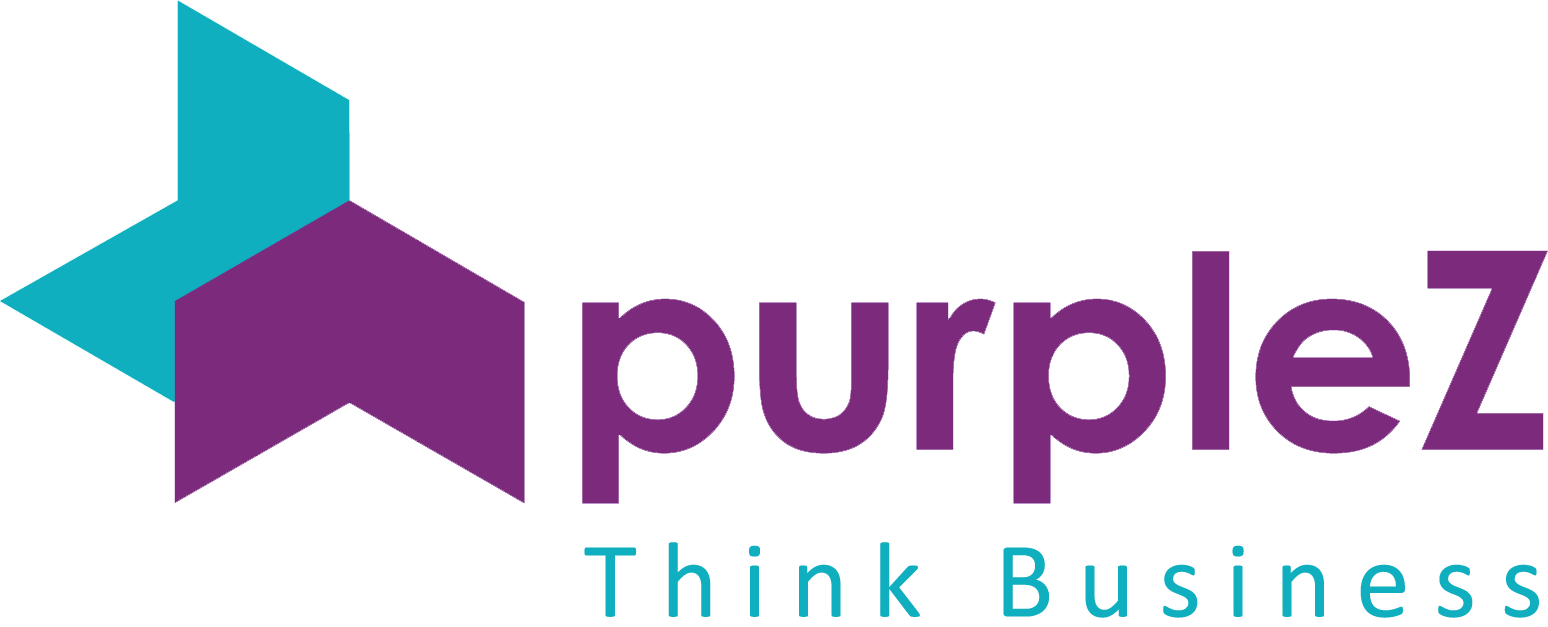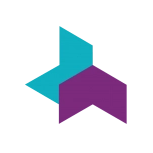Contents
Over the last centuries, big companies like Mercedes Benz, Starbucks & Harley Davidson have used brand extension, whereas brands like Coca-Cola, FedEx & Colgate went with the line extension strategy.
Every brand has a different set of products they offer to people, and sometimes they extend their brand or introduce a new line to better offer services to their customers or to increase their revenue due to reaching a broader audience.
In this blog post, we’ll take a look at the difference between brand extension vs line extension and their definition & understand which is the best choice for your business If you’re in the process of a new product/service launch.
Brand Extension Definition
Why is brand extension a popular marketing strategy? It is easy to see that a marketer wants a new product to succeed by leveraging the name, reputation, or popularity of a parent product. For the new product to gain a market share, there needs to be a logical connection between the two products.
In this case, the parent product serves as the driver for a new product to enter the marketplace. There’s a good chance that brand extension may not work, especially if the new and parent products aren’t related. If brand extension is successful, the company can increase market share, diversify offerings, and boost profits.
There are multiple brand extension types that businesses could implement in their marketing.
Examples of Brand Extension:
Product Extension:
Businesses often release new products separate from what else they’re already offering. These secondary items are called “companion products.” For example, a coffee roaster might decide to launch creamers in addition to their coffee.
Line Extension
A line extension is the subcategory of brand extension; Companies may also offer a line, or “product form,” extension by providing more options within their existing product category. They may create a subtle variation by offering something for specific demographics or providing different sizes. For instance, a soda company might offer a 12-ounce option in addition to their usual two-liter bottles.
Customer Franchise:
Customer Franchise Extension An extension in customer franchise may happen when a business has a large customer base and can capitalize on them by launching products outside their current product category. Typically, this type occurs when a company has a specific customer base, such as soccer players.
Company Expertise Extension
A company expertise extension happens when a business has a particular skill set and can leverage that knowledge into a new product category. They can then use this expertise to reach more customers. For example, a kitchen appliance company may start selling household appliances and be known for their innovative designs. They may expand into offering home furniture, electronics, and other goods.
Brand Distinction Extension
A brand distinction extension happens when a business offers products for distinct populations. They can then use these distinctions to reach more people. For example, a soap company may offer unique soaps for those who suffer from dry skin.
The Good and the Bad of Brand Extension:
Advantages of Brand Extension
- It makes acceptance of new products easy.
- It increases brand image.
- The risk perceived by consumers reduces
- The likelihood of getting distribution and trials increases.
- Advertising, selling, and promotion cost is reduced.
- Consumers can seek a new brand.
- There are packaging and labeling efficiencies; Efficiencies in introducing new products.
- Feedback benefits to parent brand and the organization.
- It revives the Brand.
- It allows a subsequent extension.
- Brand meaning is clarified.
- It increases market coverage as new customers are brought into the brand franchise.
- Customers associate original/parent brand with new products, so they also have quality associations.
Disadvantages of Brand Extension
- Brand extensions in unrelated markets may lead to a loss of reliability if a brand is extended too far.
- An organization must research the product categories where the established brand name will function.
- There is a risk of less awareness and trial as management may not provide enough investments to introduce new products with the assumption that spin-off effects from the original Brand will compensate.
- If the new products have no advantage over the competitive Brand in the new category, it will fail.
In Conclusion:
According to industry experts, power has shifted from manufacturers to retailers. The primary reason is line extensions. With so many products available, retailers can force manufacturers into paying for the privilege of having their products on the shelves. If one company refuses to pay, the retailer can always find another manufacturer who will.
Before launching a line extension, consider what customers of your existing Brand will think when they encounter the new product. If the market is moving away from you, stay put and launch a second brand instead. If it’ s not, stay where you are, and keep growing your Brand.





